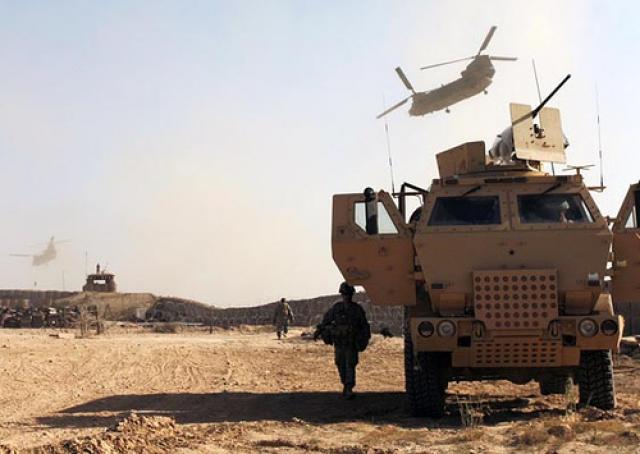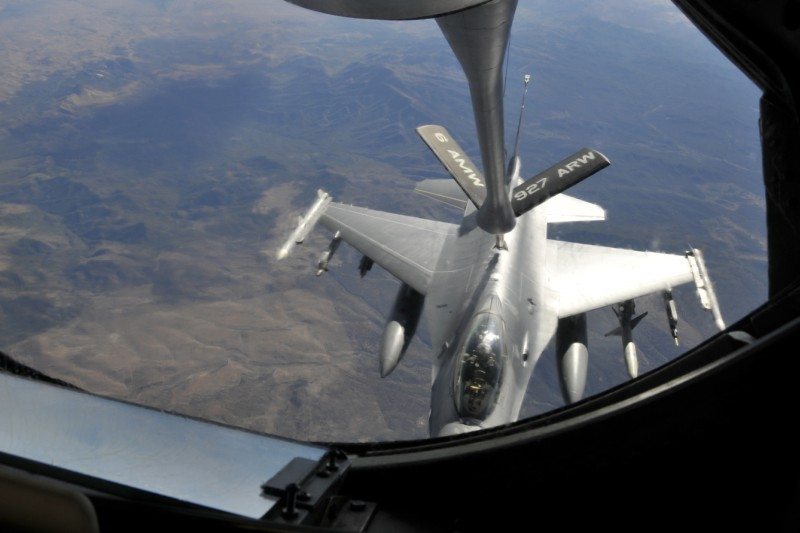The U.S. Army is making substantial progress with numerous ongoing efforts designed to improve the acquisition process by implementing recommendations from a recently completed Army Acquisition Review.
The Army is reforming, “tiering” and streamling requirements on some its large scale programs and conducting Capability Portfolio Reviews, or CPRs, aimed at eliminating redundancy and maximizing efficiency across groups of programs, service leaders told reporters Oct. 10, at the 2011 Association of the United States Army Annual Meeting and Exposition in Washington, D.C.
Army Secretary John McHugh said one of the first things he did as an Army leader was to commission an all-inclusive Army Acquisition Review, or AAR, designed to identify and help solve problems throughout the services’ acquisition practices, policies and procedures.
The Army is already making great strides amidst efforts to institute many of the recommendations outlined by the AAR, McHugh said.
“They came back with more than 70 recommendations and we have already instituted more than 60 of those and are working on others. We have already come along away,” McHugh told reporters.
Improving communication with industry, reforming requirements by synchronizing them with resources and acquisition goals at the front end of the process and standing up a Deputy Assistant Secretary of the Army for “Services” acquisition are among the many recommendations already being implemented by the Army.
“By not letting our requirements spin out of control and become more like star wars than reality, we’re continuing to examine this every day. I have established a task force to validate our ability to acquire big systems. We are also thinking very hard about what kind of systems we are going to pursue and making trade-offs with those systems,” McHugh said.
For example, the Army and Marine Corps have worked together and in some cases made trade-offs to establish a set of achievable, mutually-agreed upon requirements for the Joint Light Tactical Vehicle, or JLTV, program, a next-generation light tactical vehicle now under development being engineered to deliver an unprecedented blend of performance, payload and protection.
Requirements trade-offs have also lowered the price of the vehicle, service officials explained.
“I think we’ve done an awful lot of work there. It’s a program that both the Army and the Marines want to move forward together with. We’re locked arm in arm because of what we have done over the last year with this program. The Army and Marines are working closely together,” said Army Chief of Staff Gen. Raymond Odierno.
The Army is also making great progress with a series of service-wide analyses called Capability Portfolio Reviews designed to examine acquisition programs in “portfolios” with a mind to how they impact one another and effect the Army as whole, Odierno added.
The various CPRs are aimed at assessing the Army’s acquisition needs and priorities across a given “portfolio” of systems such as combat vehicles, tactical wheeled vehicles, missiles, aircraft, networks and aviation platforms, among others.
“We have to now take those portfolios and understand what our strategy for the future is. I would argue in the last 18 months we have made some significant changes in our modernization and acquisition programs and I am very confident in the direction we are heading,” Odierno told reporters.











